Australia’s wine culture was very small in the 1950s. The main consumers of Australian table wine (with alcohol levels under 25%) were professional men. Others drank “plonk,”” a cheaper Australian fortified wine containing a third brandy. A white, working-class man sipped beer in the pub’s bar. Merle Thornton, Rosalie Bogner, and others bravely chained themselves at the front bar of Brisbane’s Regatta Hotel in 1965 to protest this sex discrimination.
A 1967 ad in Women’s Weekly for Ben Ean. The wine does not have a label indicating the vineyard year, grape varieties, or where the grapes were grown. Australian Women’s Weekly 10 December 1969
As licensing reforms and post-war social mores began to reduce the gender divide between the front bar for men and the Lady’s Lounge in the back, women chose to drink at home, at parties, in new city restaurants on Friday lunchtime with other women, and at activist meetings. This shattered the long-held British stereotype of wine as being elitist, male, and a luxury.
Ben Ean’s easy drinking style encouraged women to adopt new habits. It is a semi-sweet wine with less alcohol than fortified or spirits wines. The taste remains the same from year to year. Lindeman’s marketed Ben Ean as “just the right” wine for women, no matter what occasion.
Anglo Australians often attribute new wine-drinking habits of European men to postwar migration from wine countries. However, Anglo-Australian women were the first consumers of wine – initially, this was a gendered shift.
Anglo-Australian men soon began to embrace wine in their homes, at parties, and at restaurants, realizing that it was neither unmanly nor un-Australian. In the 1970s, rapid industrialization and the rise in the middle class attracted men to drink wine. Ben Ean’s 1970s television ad promoted this new “Chic “.
Who wants to become a millionaire? Everyone!
The 1980s, as historian Frank Bongiorno argues so well, were a decade marked by social transformations and political changes.
The small bottles of Ben Ean, which were intended for picnics only, did not prove to be a hit. Lindeman’s Holdings Ltd, Z418 box 335 27.103 Noel Butlin Archive Centre
Millionaires were the new heroes. Bob Hawke, a newly elected trade unionist and former Prime Minister of Australia, led the national celebrations when Australia won in 1983 the America’s Cup Yacht Race.
Different types of fine wine culture began to represent opposing sides in Australian politics. Red wine was viewed as conservative, and white wine for social progressives. The “chardonnay-socialists” were accused by conservatives of selling out their working-class roots with university educations and professional incomes.
Success was a display of wealth. Ben Ean was cheap and cheerful, but it did not seem sophisticated enough for those who wished to be different.
Ben Ean’s brand managers read the mood of the nation in 1983 correctly, but their aspirational fantasy ad campaigns ultimately failed.
Dreams are made of what?
Men, especially those who were new to wine, were interested in products that expressed their social status. The consumers preferred wines with less sweetness and labels that included vintage year, vineyard origins, and grape variety (such as Riesling Chardonnay Shiraz). Different wines came to signify other statuses. Wines such as Penfold’s Grange were honored with the distinction.
Everyone did not abandon Ben Ean. It was no longer acceptable to not know how to pair Chardonnay with beef or Shiraz with chicken.
Satire and nostalgia
Kath and Kim (along with Kylie Minogue) exposed the extremes in wine snobbery by their infamous remarks on “C(h?)ardonnay” (“Mum, it’s French. The itch is silent”), a popular wine after Ben Ean.
A similar practice was invented around the same time: “goons of fortune.”” In this case, bags of cask wines are spun along a clothesline. This ritual of coming-of-age is a deliberate transgression in wine distinction, which is distasteful for wine lovers.
Was saddened by the cancellation of Ben Ean in 2009, along with many other wines from the 1970s. In 2008, the Global Financial Crisis revealed that a high life in the 1980s was not as easy to achieve as it seemed. But easy drinking white wine never really disappeared. Tim Minchin’s Christmas song “White Wine in the Sun” expresses how the wine-drinking habit influenced by Ben Ean has become synonymous with family and home.

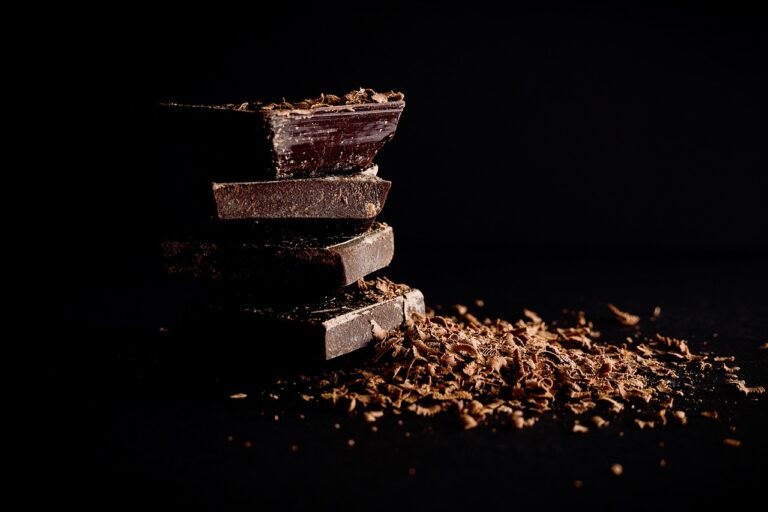
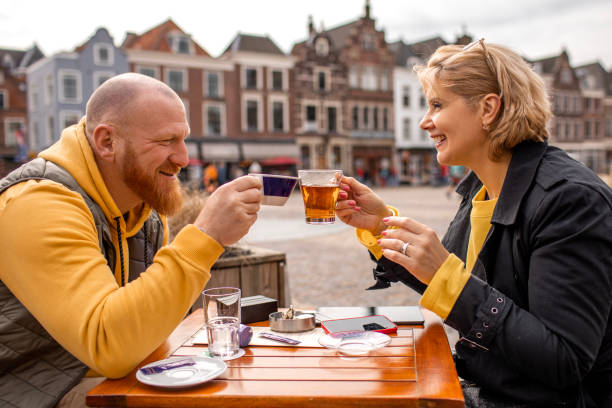
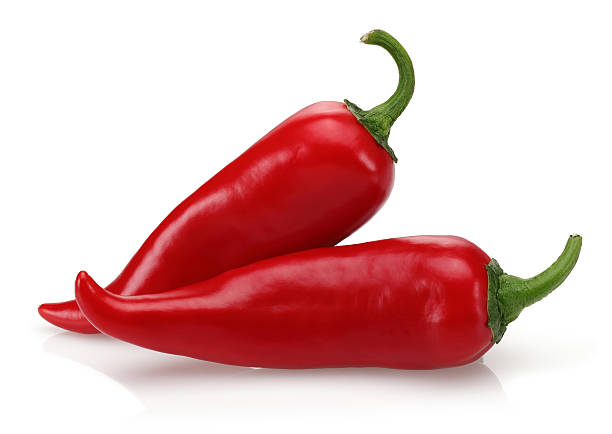
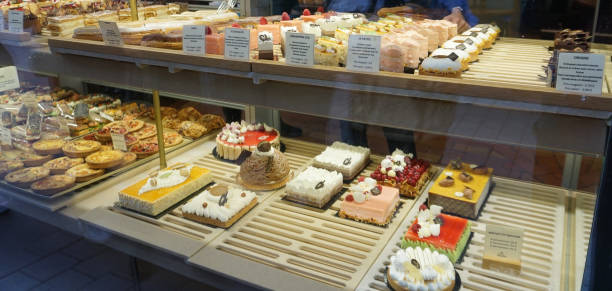
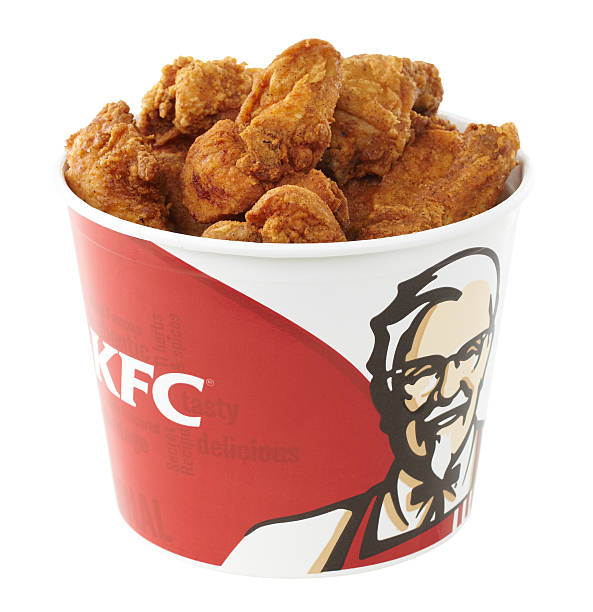


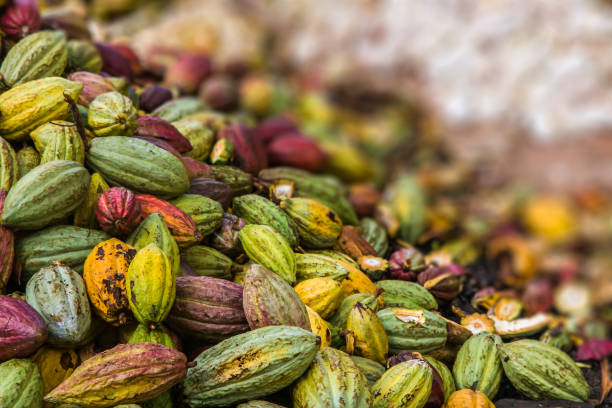
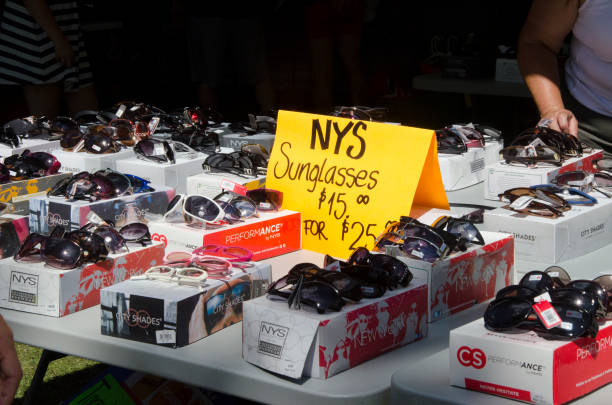


+ There are no comments
Add yours